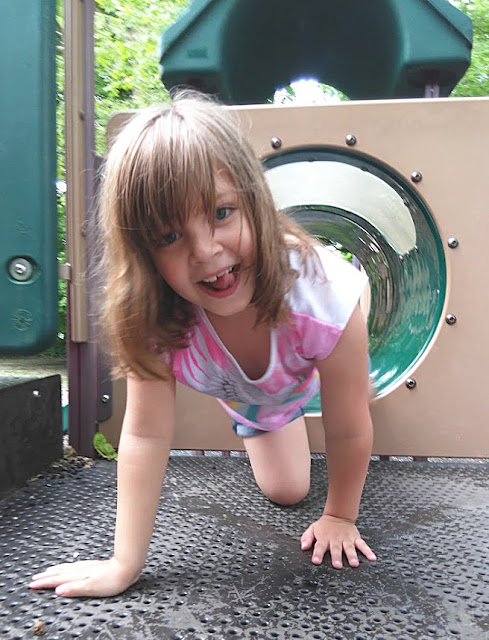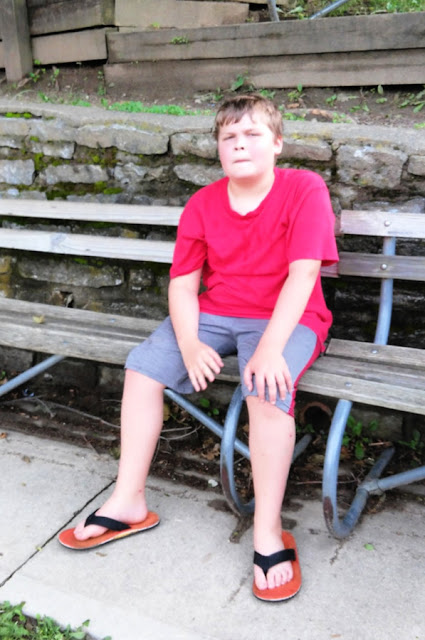Emergency Cash Sources Every Mom Should Know About
Everyone needs a rainy day fund. Don't get me wrong, being a full-time mom is great, but raising children is very expensive. Especially, when you're a single mother. Whether you've raised many children from birth to adulthood or you're taking care of your first child, there are always extra expenses that don't fit into your weekly budget. With the price of childcare rising, along with all of the other unexpected expenses you'll experience as a parent, you need to know about available emergency cash sources. Here are some tips on how to save for a rainy day fund and ensure that you have access to extra money for your family should the need ever arise... And, you know it will.
This post contains Amazon Affiliate links.
 |
| Get this Rainy Day Fund Bank on Amazon. |
Credit Cards and Mattress Money
If you try to save on every purchase that you make, you might be able to store away a little extra money for a rainy day fund. For example, utilizing coupons is a great way to see your weekly grocery bill go down. With the money that you don’t spend on household expenditures, you can start your own ‘mattress money’ fund. Of course, you don’t actually need to keep your savings under the mattress, but keeping tangible funds somewhere in your home will come in handy during an emergency. Alternatively, using a credit card when you are in a pickle isn’t a bad idea so long as it is for an absolute emergency. In fact, having a couple of credit cards with large available balances is great for when you have an unexpected, last minute child related expense.
Short-Term Personal Loans
A lot of people still think that the only types of personal loans available are the ones that are offered by local banks. The truth of the matter is that there are all sorts of lenders who regularly make short term personal loans. At loanpig.co.uk, for example, small to mid-sized personal loans are often approved online in minutes. So, if you have a big expense that you only have a few days to come up with the money to pay, a short-term loan can save the day. These types of loans also come with manageable repayment terms, so you don’t have to worry about your debt skyrocketing. While you may not want to take out a short-term personal loan to pay for a child’s birthday party, it's certainly reasonable to take advantage of a small loan to help deal with emergencies or to help bridge the financial gap between pay periods.
Charities and Fundraising
There isn’t anything wrong with accepting or even asking for a little financial help whether you're a busy mom or anyone else. There are charities that help moms furnish their nurseries, aid them in rebuilding after tragedies, and just give a hand where needed. A friend might start a fundraiser for a working mom who has always been frugal and yet still is barely managing to make ends meet. There are charities that help moms get toys and clothes for their children during the winter holiday season as well as fundraising efforts that have given working class families the ability to go on amazing international holidays. Find what funds might be available to your family for emergencies and more.
It is often very difficult for moms to think clearly when facing a financial emergency. You may go whizzing about looking for ways to pay an expense when the solution is right below your nose. Take a breath, relax, and think back to all of the ways you have prepared yourself and your family for the future when seeking a solution. These days, there are all kinds of ways to earn money online. Got stuff to sell? Give Facebook Marketplace a try!
Recommended:


























